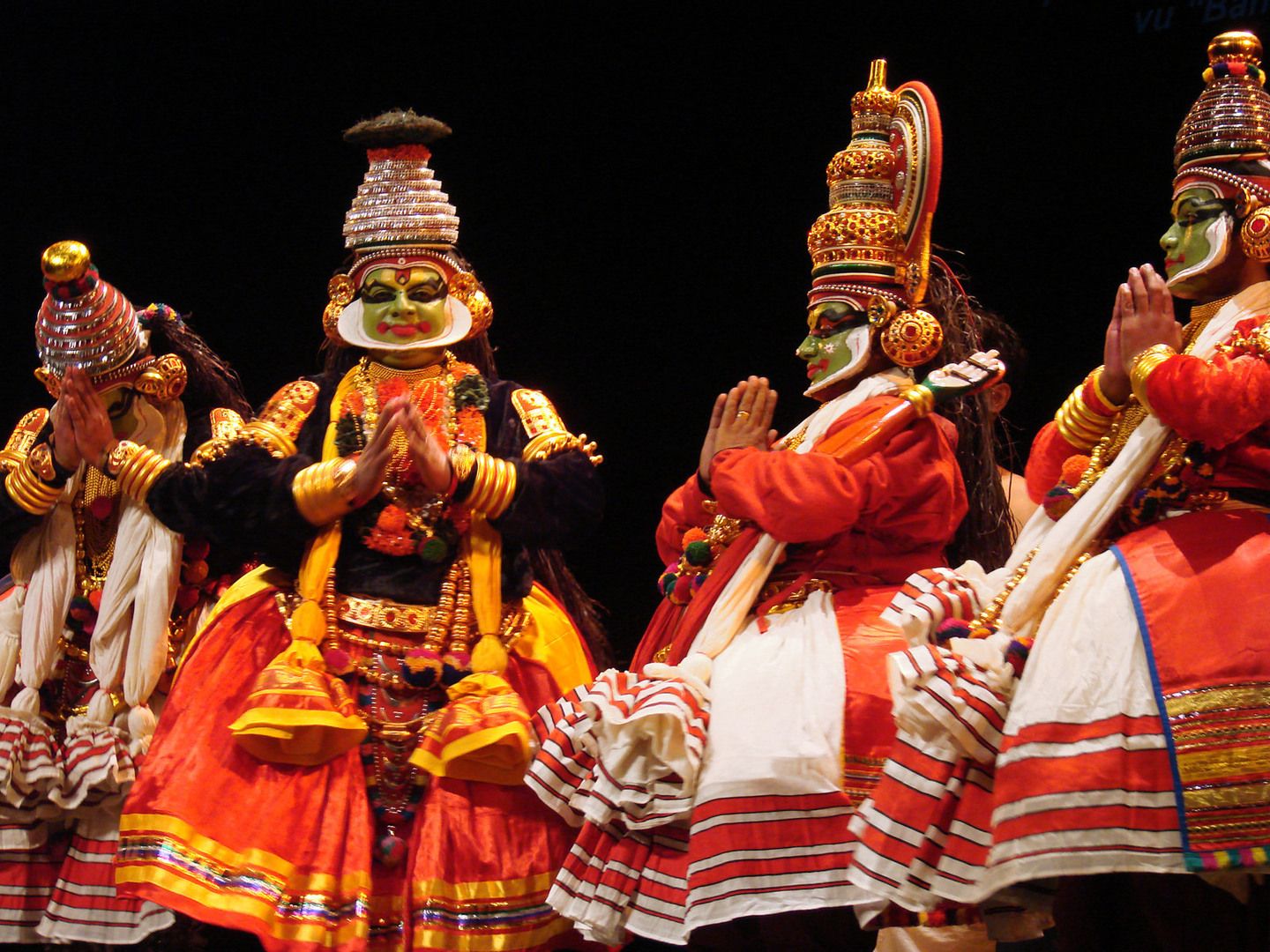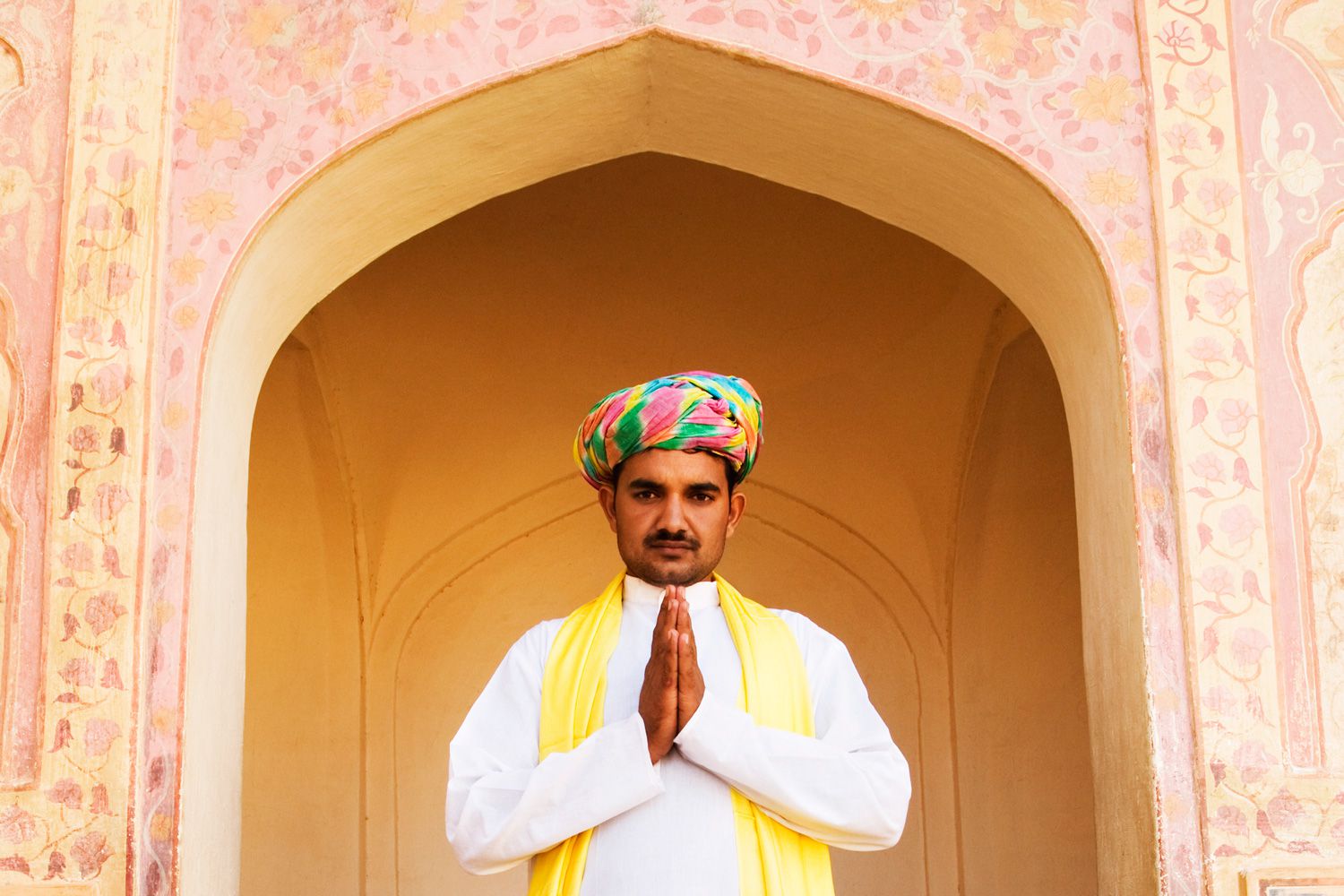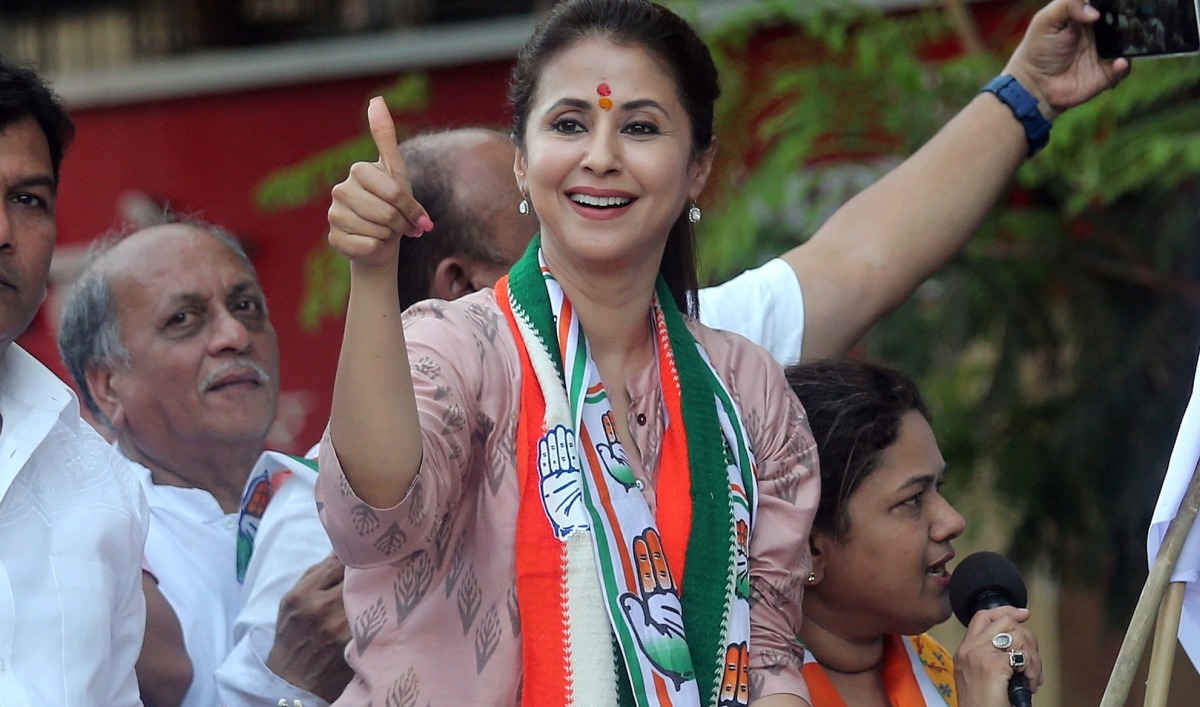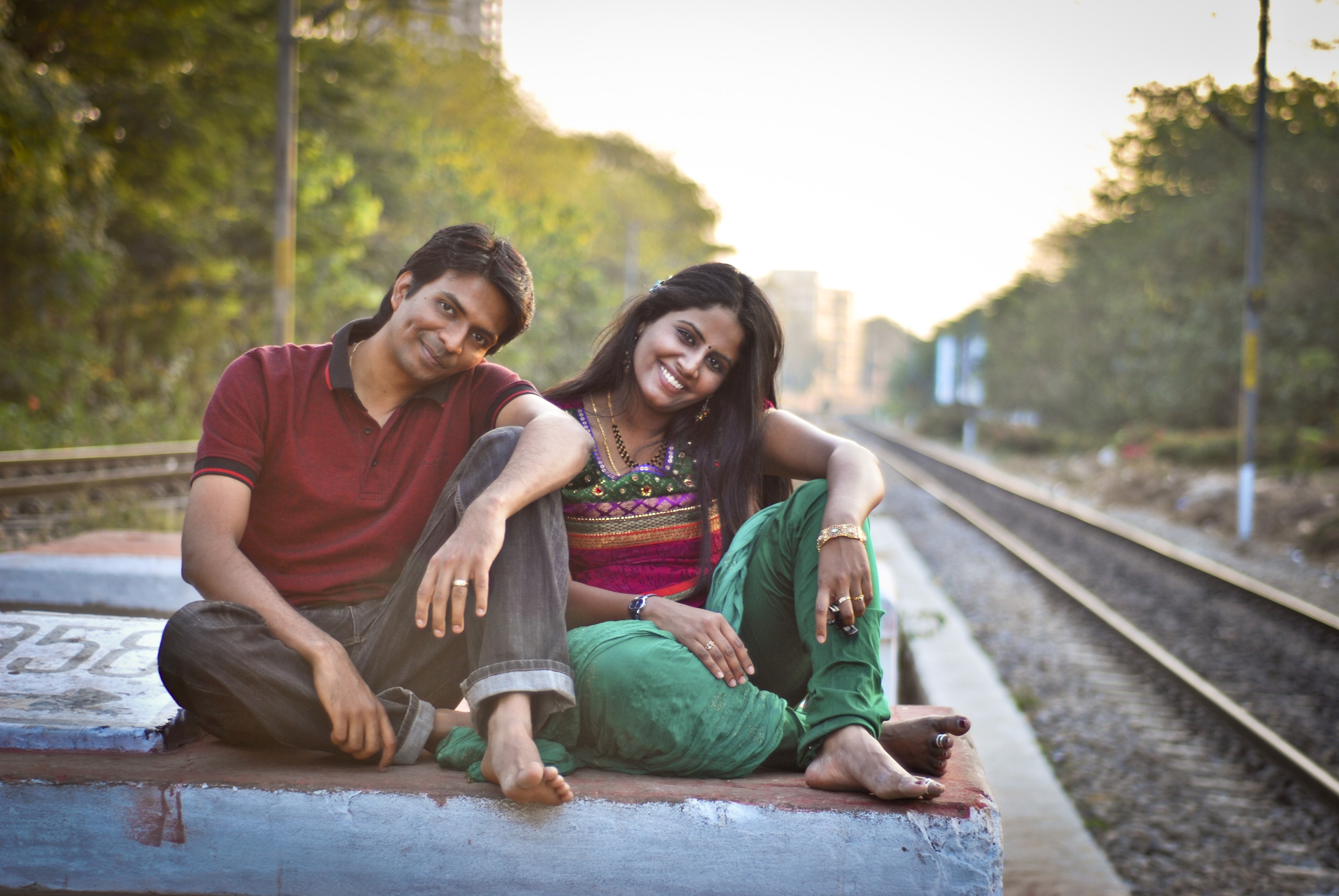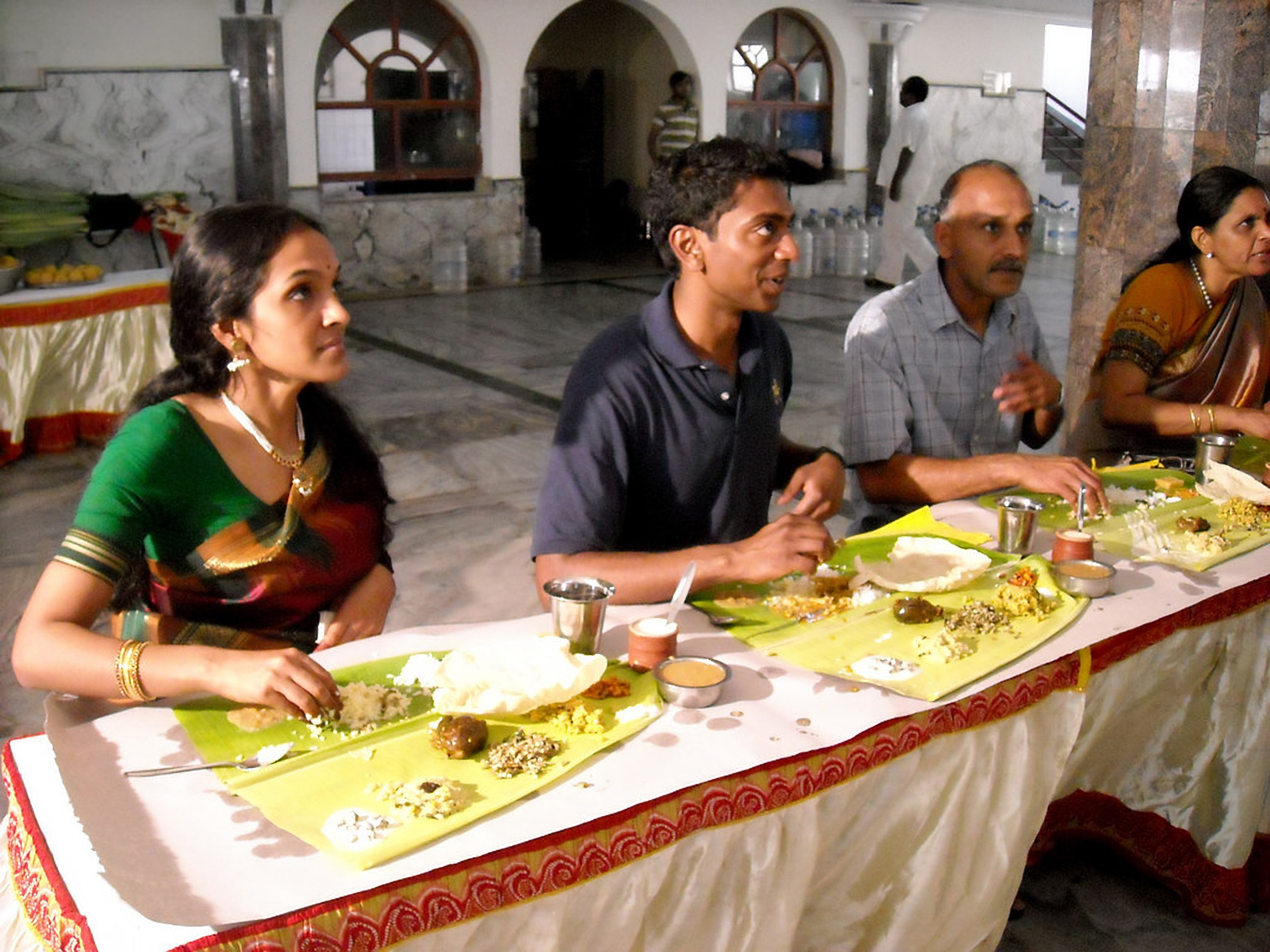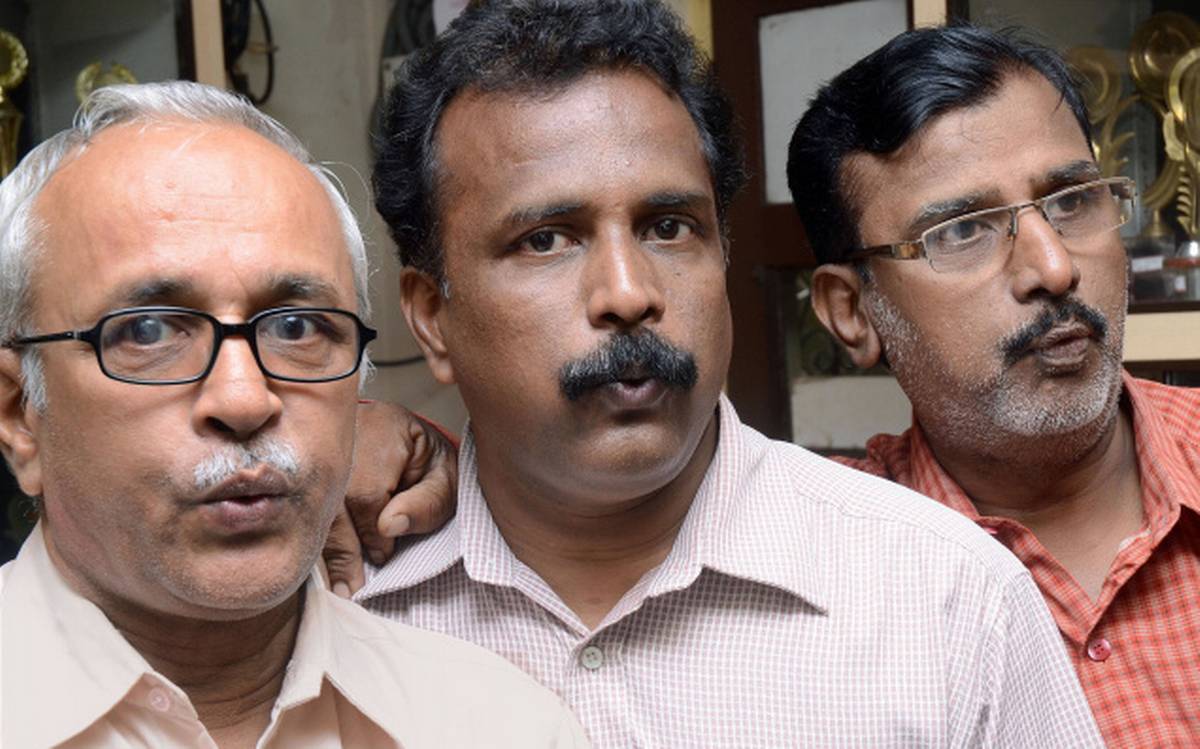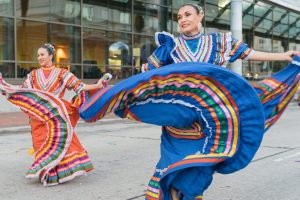Body language and gestures are one of the essential tools to determine one’s state of mind.
No matter how good you are with your verbal language, your body language and gestures determines more than 50% of your behavior.
Nonetheless, every country has their own set of body language and gestures with their own powerful meanings.
Previously, we talked about the Filipino body language and gestures, today we have jotted down gestures and body language of another country rich in culture and diversity.
Below are some of the important Indian gestures and body language you should know if you ever happen to travel to India.
Importance of Indian Gestures
India is undoubtedly one of the most diverse countries in the world.
One of the fastest growing countries, India is a sophisticated, modern, industrial leader and home to many religiously diversified people.
And like I said in my previous article about Nepal, with religion and culture comes respect, dignity, and emotions.
Same goes in Indian culture as well. No one can beat Indians when it comes to expressing emotions and respect.
That’s why Indian gestures and body language comprises of many hand gestures and head nodding during any conversations.
Relying on these Indian gestures is so much a part of their culture that people do it all the time.
Common Indian Gestures and Body Languages
Namaste
One of the most significant Indian gesture that probably everyone should know about is Namaste.
A slight bow with hands pressed together, palms touching, and figures pointing upwards is how this gesture is shown.
Whenever they meet an elder person, Namaste is what Indians do to show their respect.
The same hand gesture is also used while praying to God.
However, this Indian gesture is not necessarily required when meeting a person of the same age.
Showing the Slap
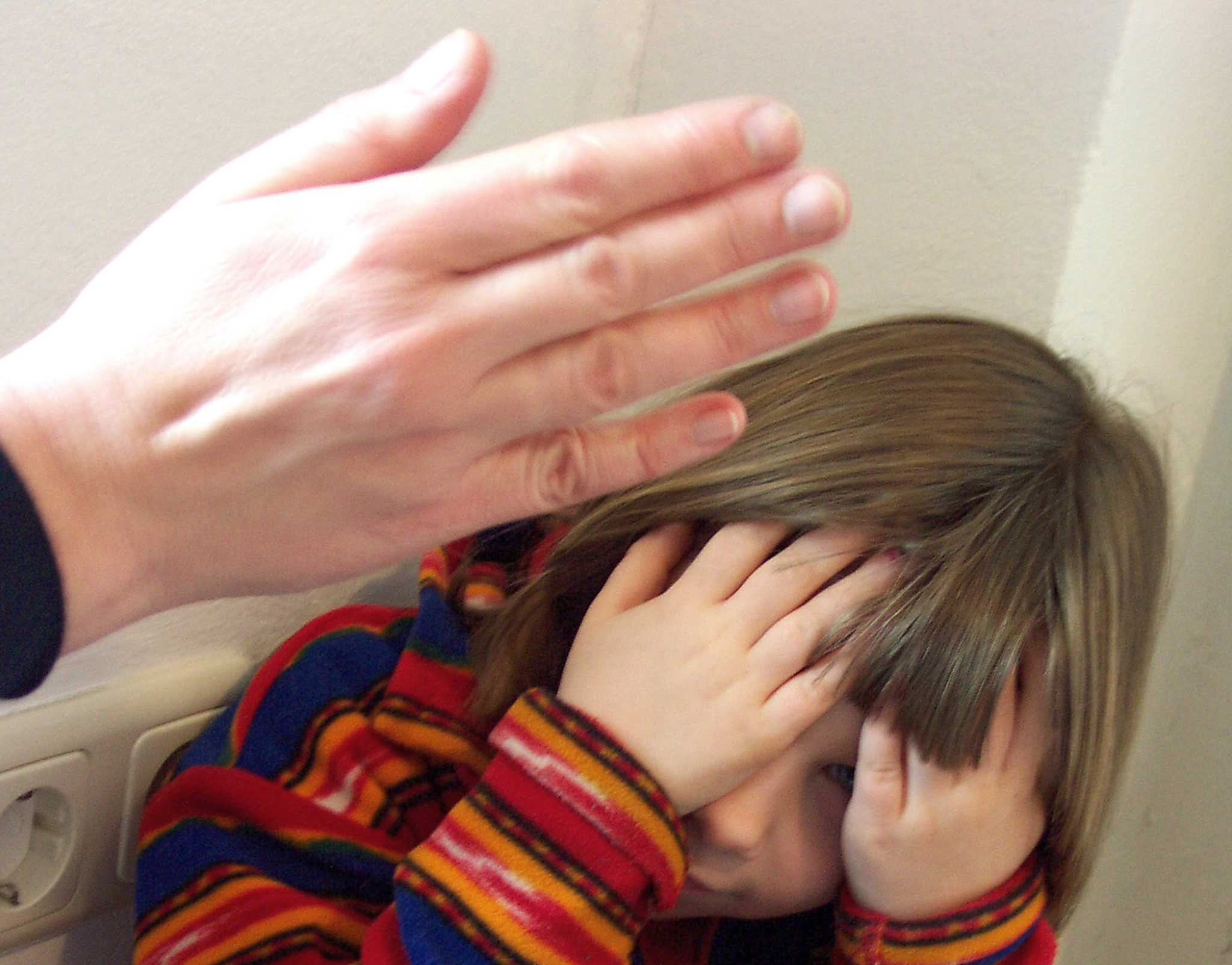
The slap is one of the Indian culture hand gestures where Indian people show their straight hand with open palm.
Indian parents mostly use these non-verbal gesture when kids try to do mischievous activities.
This Indian gesture is too harsh to take place between strangers or adults within the family members.
If some stranger shows this gesture to Indians, the situation can really get out of control.
Thumbs-Up
This is a cool Indian culture hand gesture that confirms an approval, such as “We’re all set!”
It’s also a gesture to wish someone good luck for their job or anything else.
Often this Indian gesture is popular between classmates, before exams, and competition, or a performance, in order to decrease their nervousness lever.
This gesture also means “You Are Doing Great!” to boost up someone’s confidence level.
Thumbs-Up can be actually share with elders or younger people, it doesn’t matter.
Eye Contact
In general, Indians prefer to keep eye contact very minimal especially when talking to elders.
In Indian culture, people avert their eyes from the opposite gender rather than sustaining eye contact.
Staring on the eye constantly is considers as a very rude behavior.
Some women may totally avoid eye contact altogether.
Direct eye contact is appropriate Indian gesture as long as you gaze your eyes quite often.
Feet
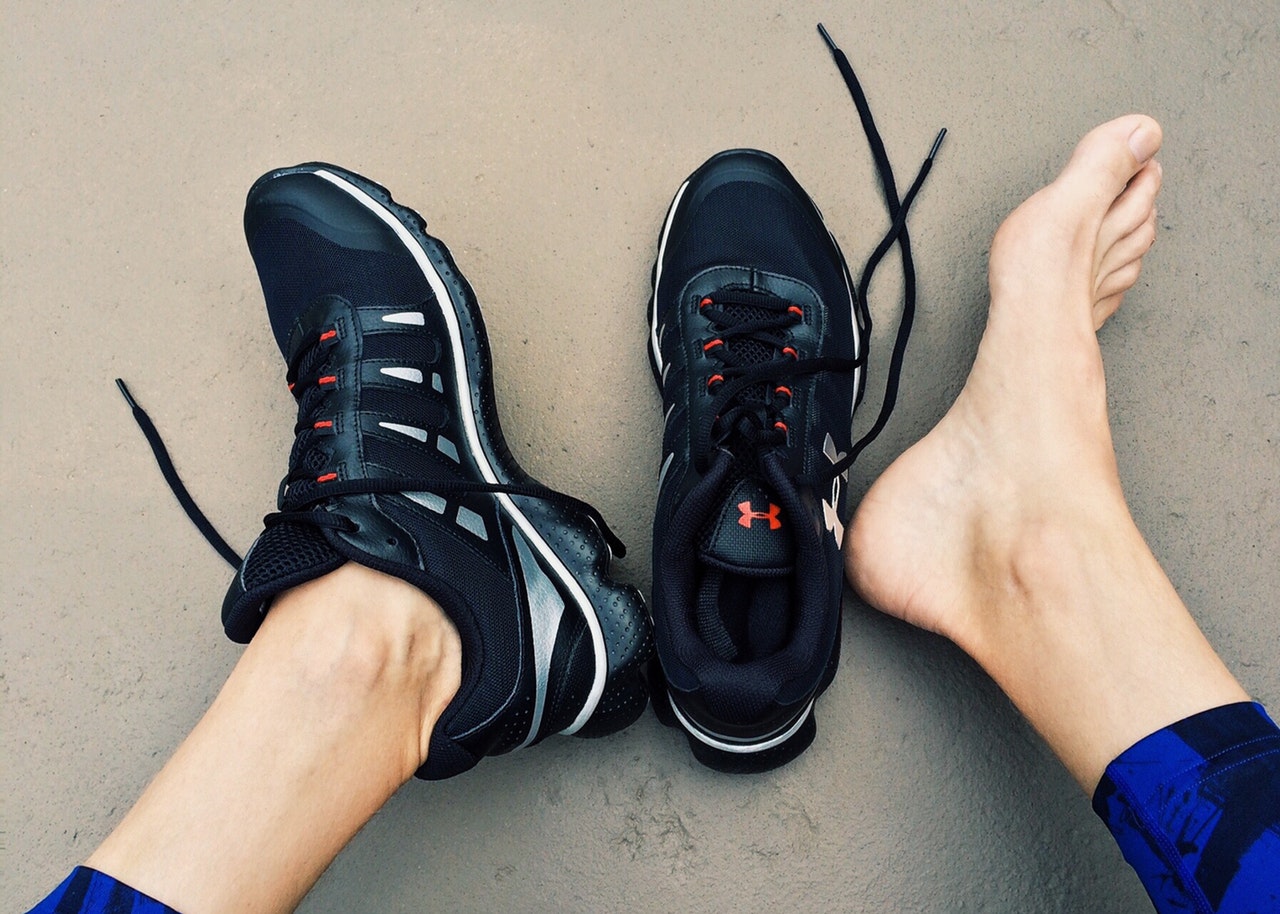
Feet are thought to be the dirtiest part if the body in Indian culture.
Hence, displaying the soles of one’s feet or touching people with one’s feet is thought as rude.
Also, Indian people take off their shoes before entering house or the kitchen area.
Wearing footwear to any religious place is strictly a no-no thing to do in Indian culture.
Whether someone visits a temple, mosque, or gurudwara, it’s compulsory to take the shoes off the feet.
Patting
Although Indian people respect their personal space too much, patting is quite normal than hugging in Indian culture.
This Indian gesture is usually seen when elders praise their younger ones for doing a good job.
A light pat on the back is okay among friends and family members while sharing their joy and laugh together.
Hugging
Indians generally allow an arm’s length space between themselves and others.
They value their personal space a lot. So, hugging someone is not so appropriate in Indian culture.
Specially, hugging and touching between opposite genders in public is one of the Indian body language one should definitely avoid.
With modernization, Indian people do hug each other in festivals to show their love to each other.
However, there are still lots of parts in India where hugging or touching is completely avoided.
Nodding
Indians usually nod to acknowledge what is said out of politeness.
However, this does not always mean they understand or agree.
Up and down head shake is an Indian body language or gesture that means “Yes”.
And, shaking head right and left usually mean disagree or “No”.
Use of Right Hand
Head and right hand are very pure and holiest part of one’s body in Indian culture.
In almost everything, be it worshiping God, cooking food, giving money, water, literally everything, Indians prefer to use their right hand.
Using left hand for these activities are thought to be extremely disrespectful, especially for the elder ones.
Pointing and Beckoning
Pointing the index finger towards someone is harsh in Indian culture.
Like showing the slap, it is an Indian hand gesture that people use only when something extreme occurs.
This hand gesture is usually used by Indians to scold their kids for doing mischiefs or showing something to someone.
Like I said, this gesture is used only when extremely necessary especially with the young ones.
Pointing a finger to the elders is something no any Indian will digest, truly.
Whistling or Winking
Whistling or winking is one of the gestures or body language is completely no-no thing to do.
Both these actions are sexually suggestive in Indian culture.
If Indian people see someone whistling or winking at them, that person can get into huge trouble, seriously.
This body language is as equal to as doing some crime in India. So, a complete no-no to whistling or winking.






